The agricultural sector implemented the work plan for the first 6 months of 2024 under conditions of mixed advantages and challenges, including the impact of market fluctuations, severe hot weather, and the emergence of epidemics. However, with the joint efforts of the entire sector, growth in the agricultural, forestry and fishery sector reached 4.3% (0.17% higher than the growth scenario target).

With good preparation of conditions for cultivation and regular investigation of the situation of harmful organisms, by the end of June, the total area of annual crops reached over 33,000 hectares (54% of the plan), the total output of grain crops reached nearly 105,000 tons (100% of the plan), the total area of perennial crops reached nearly 8,000 hectares. The whole province has carried out about 7,700 hectares of winter crops, the consumption of winter crop products in the first months of the year was very stable, most of the winter crop area was expanded to link production and product consumption with businesses, there was no congestion or surplus.
Ms. Luu Thi Duong, Deputy Head of the Economic Department (Dong Trieu Town) shared: The town has nearly 1,500 hectares of winter crops with many diverse varieties. Thanks to the cooperation with foreign enterprises to purchase and export, on average, for 1 hectare of winter crops, Dong Trieu farmers earn over 120 million VND/ha.

Regarding the livestock industry, facing the risk of African swine fever spreading widely, the Department of Agriculture and Rural Development has worked with localities to synchronously and drastically deploy and strengthen epidemic prevention and control solutions to prevent the disease from spreading widely. Communes and wards proactively count the number of livestock households and the total number of pig herds; local veterinary officers strengthen propaganda, instruct families on safe livestock farming measures and sign a commitment to implement the "5K regulation" (no hiding the epidemic; no buying, selling, transporting sick pigs, dead pigs; no slaughtering, consuming sick pigs, products of sick pigs, dead pigs; no dumping of sick pigs, dead pigs into the environment; no use of untreated leftover food). The process of transporting and consuming pigs at concentrated slaughterhouses and markets is also strictly controlled.
For other livestock, the Department also coordinates with localities to monitor and promptly handle animal disease outbreaks; increase vaccination coverage for livestock and poultry, especially rabies in dogs. Currently, the whole province has vaccinated 94% of the total dog population.

In the first 6 months of this year, the total buffalo herd in the province reached 24,000 (101% compared to the same period in 2023); the pig herd reached nearly 274,000 (101% compared to the same period in 2023); the poultry herd reached over 5.4 million (104% compared to the same period in 2023). The total output of fresh meat of all kinds reached about 48,000 tons (103% compared to the same period in 2023). Due to the increasing trend in the price of livestock products, it has contributed to reducing difficulties and helping farmers make a profit.
The remaining two sectors, forestry and fisheries, are also assessed as having impressive growth rates, in which forestry has grown in terms of concentrated forest planting area, plantation timber exploitation output, and maintained a forest cover rate of 55%.

In fisheries development, thanks to relatively favorable conditions, the offshore fleet has increased its adherence to the sea, increasing offshore fishing activities. The total output of aquatic products reached 38,820 tons (103% compared to the same period in 2023). The inland aquaculture area reached 32,000 hectares, the marine aquaculture area reached 10,200 hectares (100% compared to the same period in 2023). The total number of aquaculture facilities reached 11,228 (an increase of 7.4% compared to the same period in 2023). The total aquaculture output reached nearly 50,000 tons (106% compared to the same period in 2023). In the first 6 months of the year, fisheries planning has had many positive movements. The whole province is currently promoting the implementation of the Provincial Planning and completing procedures to grant licenses and hand over sea surface to organizations and individuals. In the immediate future, the province has granted licenses for aquaculture at sea to 6 enterprises and cooperatives. These are favorable conditions for the province to develop aquaculture production, realizing the goal of becoming the aquaculture center of the North.
Mr. Nguyen Minh Son, Director of the Department of Agriculture and Rural Development, said: The industry continues to review and convert the structure of crops and products to suit the advantages and market demand, in which priority is given to converting the structure of crops on inefficient rice-growing land to crops with high economic value. In livestock farming, re-planning and supporting farms and livestock enterprises to develop local products, especially those contributing to large growth (cows and pigs). To ensure that forestry and fisheries continue to maintain good growth momentum, in the last months of the year, the industry will increase the exploitation of concentrated production forest areas with mature technology to achieve high output and focus on monitoring forest developments; resolve existing problems in illegal fishing and complete the assignment of sea areas according to the plan.
Source


![[Photo] Solemn opening of the 8th Congress of the Central Public Security Party Committee, term 2025-2030](https://vphoto.vietnam.vn/thumb/1200x675/vietnam/resource/IMAGE/2025/10/4/f3b00fb779f44979809441a4dac5c7df)
![[Photo] General Secretary To Lam attends the 8th Congress of the Central Public Security Party Committee](https://vphoto.vietnam.vn/thumb/1200x675/vietnam/resource/IMAGE/2025/10/4/79fadf490f674dc483794f2d955f6045)




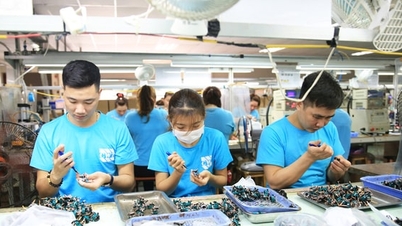

![[Infographic] What are the growth targets of Dong Nai province in the first 9 months of 2025?](https://vphoto.vietnam.vn/thumb/402x226/vietnam/resource/IMAGE/2025/10/3/45f9330556eb4c6a88b098a6624d7e5b)

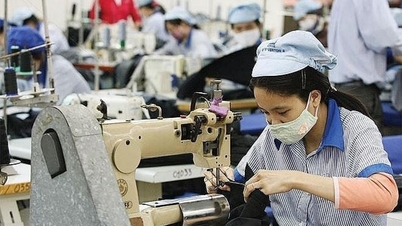

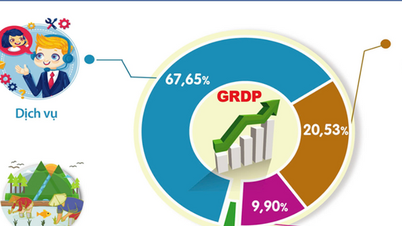


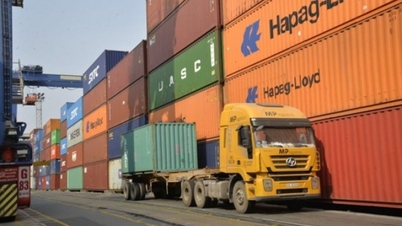


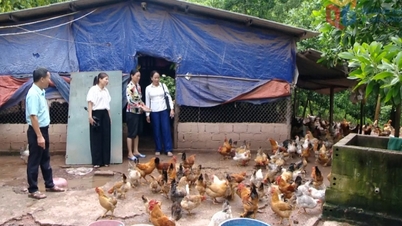














![[Photo] Students of Binh Minh Primary School enjoy the full moon festival, receiving the joys of childhood](https://vphoto.vietnam.vn/thumb/1200x675/vietnam/resource/IMAGE/2025/10/3/8cf8abef22fe4471be400a818912cb85)
![[Infographic] Notable numbers after 3 months of "reorganizing the country"](https://vphoto.vietnam.vn/thumb/1200x675/vietnam/resource/IMAGE/2025/10/4/ce8bb72c722348e09e942d04f0dd9729)






















































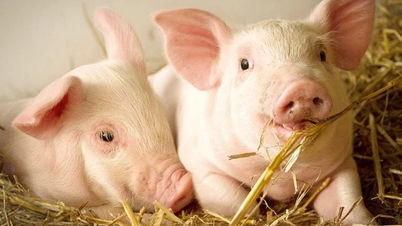






Comment (0)